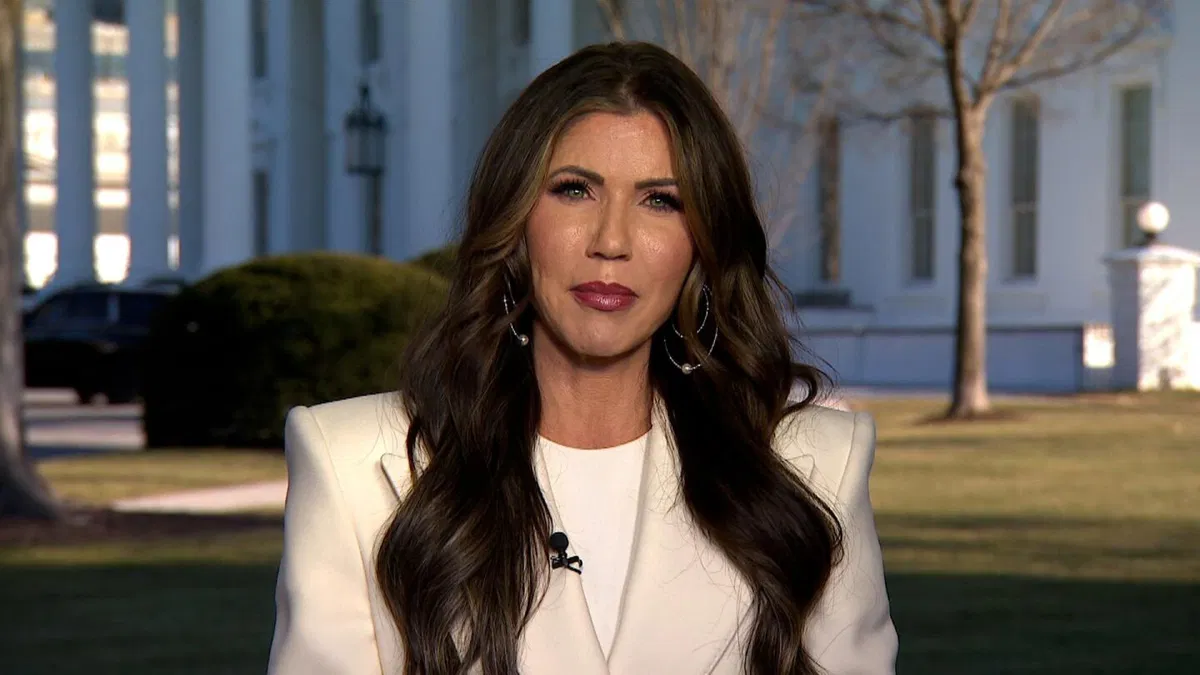One of the most interesting aspects of vaping is the fact that the governments of the world have chosen to regulate it in drastically different ways. Some would argue that the United Kingdom has taken the world’s most liberal stance on vaping. When it became evident that vaping was going to change nicotine use forever, the United Kingdom and European Union were quick to institute a set of common-sense regulations called the Tobacco Products Directive (TPD).
Featured Image VIA
The TPD established limits on parameters such as e-liquid nicotine strengths and bottle sizes, and vaping product manufacturers had to ensure that their products complied with those limits. With logical regulations in place, the United Kingdom vaping industry quickly became the second-largest vaping market in the world after the United States market.
The Core Mission Of Vaping Is To Eliminate Smoking
In the United Kingdom, the TPD had a major effect on the way in which the vaping industry developed. Major vape shops in Britain like V2 Cigs UK continued to earn major portions of their revenue from small, simple e-cigarettes, even as larger and more powerful vape mods hit the market. Vaping never became a counterculture movement, and the United Kingdom never developed a teen vaping problem. The vaping industry never lost sight of its core mission, which was to eliminate smoking.
In the United States, the government was much slower to implement regulations for the vaping industry. While the government stalled, companies launched higher-nicotine e-cigarettes and exploited the power of influencer marketing to spread their messages rapidly over social media. Vaping became a hobbyist pursuit in many ways rather than the alternative to smoking that it once was. Even worse, millions of teens around the country began to vape.
In the United States and elsewhere, though, those trends are beginning to change. Although nations are choosing extremely different ways in which to regulate the vaping industry, the end result is much the same everywhere. Vaping devices are becoming smaller and simpler, and e-liquid flavors are becoming less outlandish. Vapers are going back to basics.
What New Vaping Regulations Have Been Enacted In 2020?
The three most prominent nations that enacted or began the process of enacting vaping regulations in 2020 were the United States, Australia and New Zealand. As you’re about to learn, those nations have decided to regulate vaping in extremely different ways. The results of those regulations, though, are largely similar: Vaping is going back to basics.
- All vaping manufacturers who want to continue operating in the United States must now submit premarket applications to the FDA. To gain approval, an application must demonstrate that the product in question will benefit public health. The FDA will not approve an application for a product that’s likely to appeal to teens. That means no outrageous flavors and no cartoon character mascots.
- New Zealand also instituted its vaping regulations in 2020. Vaping companies are no longer allowed to advertise their products, and conventional retailers such as convenience stores can no longer sell e-liquid in flavors other than tobacco, menthol and mint. Vape shops can still sell all e-liquid flavors.
- Australia plans to ban all private imports of e-liquid with nicotine in 2021. Those who wish to vape will need to obtain their e-liquid from pharmacies if the import ban is enacted as planned.
Keeping Things Simple Is Good for Vaping – Here’s Why
The United States is the nation in which the largest hobbyist vaping community has formed. Some of the most popular vaping products in America over the years have included mechanical mods, large box mods, powerful sub-ohm tanks, rebuildable atomizers and extremely sweet e-liquids. With many people using those types of products – and with very few of those products being likely to gain FDA approval – U.S. vapers are largely unhappy about the nation’s vaping regulations.
However, it must be said that almost none of those products are essential to the core mission of vaping, which is to give those who already smoke a less risky alternative to tobacco use and eventually render traditional cigarettes obsolete. When one examines the list of companies that have submitted premarket applications to the FDA, it quickly becomes evident that vapers in the U.S. will have no shortage of flavors and devices from which to choose. E-liquids cloning products like popular sweetened breakfast cereals probably won’t make the cut, but most people already knew that those e-liquids were taking things a bit too far.
What Does Keeping Things Simple Mean For The Vaping Community?
So, what does the future look like if you’re a vaper in the United States, and what does it really mean to keep things simple? As mentioned above, it’s likely that many of the sweetest and most candy-like e-liquid flavors are going to go away. That doesn’t mean, though, that your options will be limited to only simple flavors like tobacco and menthol. There will still be plenty of e-liquids that taste like fruit, candy, beverages and other sweet things. Clones of popular foods and snacks, though, are likely going away.
It’s also likely that many of the most extravagant cloud-chasing tanks are on the way out in the United States. If you can’t enjoy vaping unless you’re chasing clouds, there’s no need to fear because you’re always free to build your own coils. For everyone else, though, smaller devices are going to be the new path forward. In particular, the hardware manufacturers in China have been submitting premarket applications for small pod systems because simpler vaping devices are the products that are most likely to gain FDA approval.
The good news is that pod vaping systems have made great technological strides over the past several years. The current devices are very reliable and offer excellent performance. Since they’re refillable, they work with most of the e-liquids on the market. Considering how good the smallest vaping devices have gotten over the past few years, it’s safe to say that the future of the vaping industry is in good hands.















